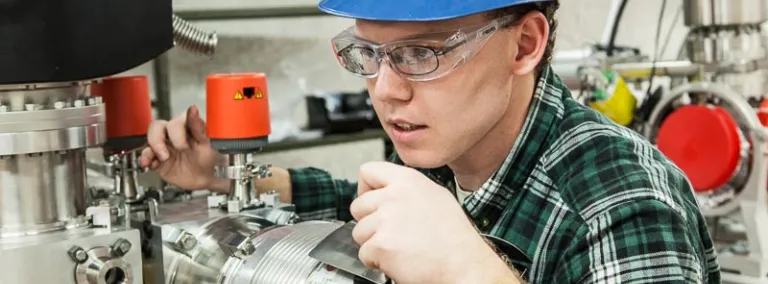Becoming a scientist
What does it take to become a scientist?
What does it take to become a scientist?
First, of course, there must be an internal desire to discover, to test theories and to seek a better understanding of the world around you.
“The best way to learn about science is simple, you have to let kids be scientists,” said Becky Bundy, science education specialist at Sanford Underground Research Facility (Sanford Lab). Bundy’s work with the Education and Outreach Department creates resources for regional educators to bring hands-on science into their classrooms. By giving k-12 students the opportunity to research like a scientist would, they hope to instill a desire for discovery in the hearts of kids.
But what comes next? How does a South Dakota student take that initial spark and apply it to the cutting-edge research being done throughout the international scientific community?
Next week, we will introduce a three-part series, “Becoming a scientist,” that goes beyond the efforts of k-12 educators to the process that students take to becoming full-fledged scientists. Over the next three weeks, the series will focus on three scientists. Although each one represents a different stage of education—undergraduate, graduate and post-doctoral—each is already contributing to international science collaborations.
"Access to research opportunities is key to attracting and engaging budding scientists, especially early in their career. In my case, the chance to work at a lab as an undergraduate student established an important foundation that helped me connect the dots to where I am today — Science Director at Sanford Lab," said Jaret Heise.
Through developing degree programs and the world-leading research happening at Sanford Lab, these stories highlight the opportunities to engage in scientific discovery—right here in South Dakota.
